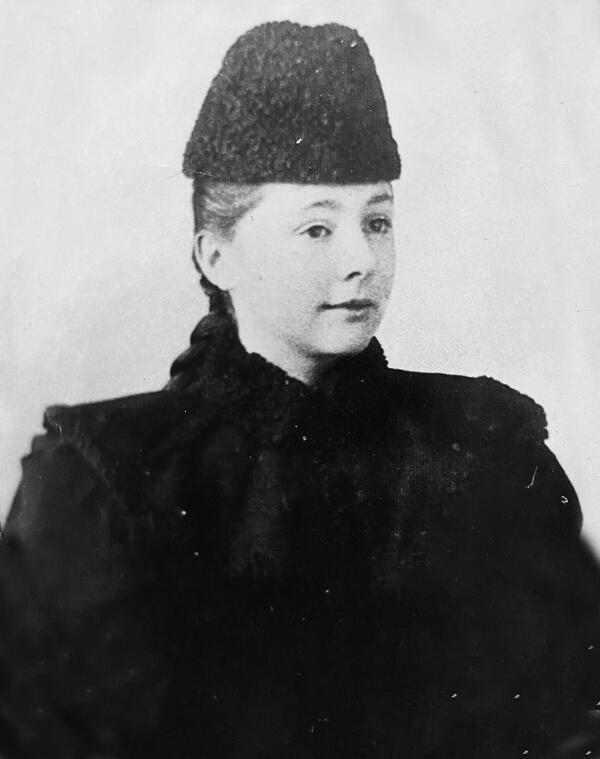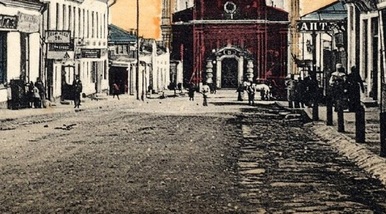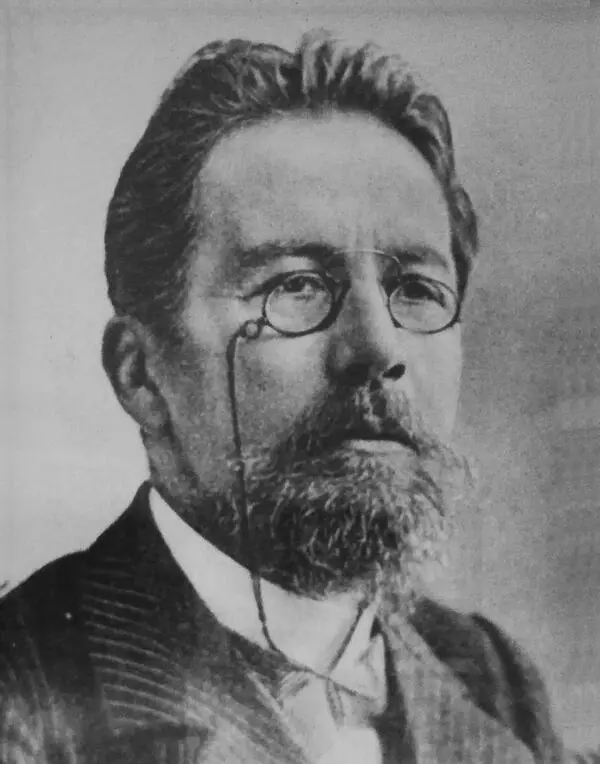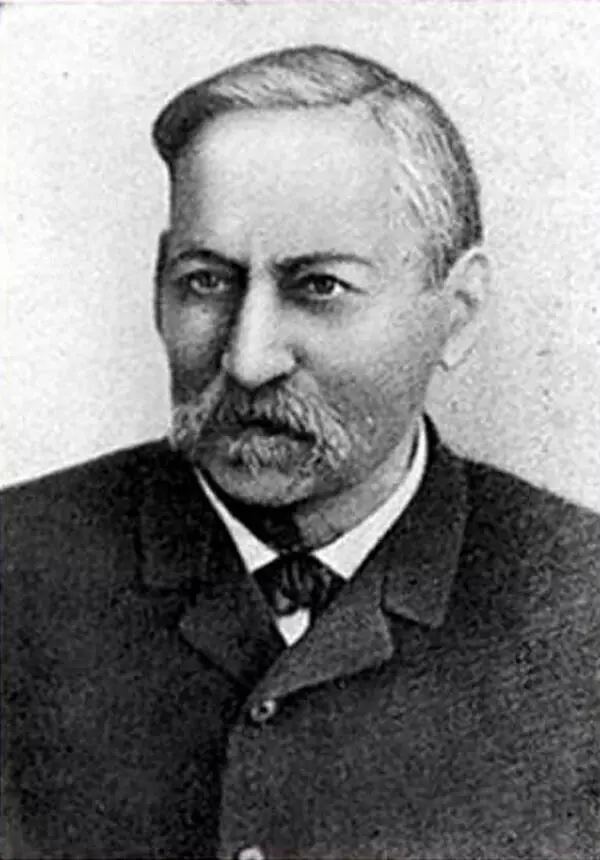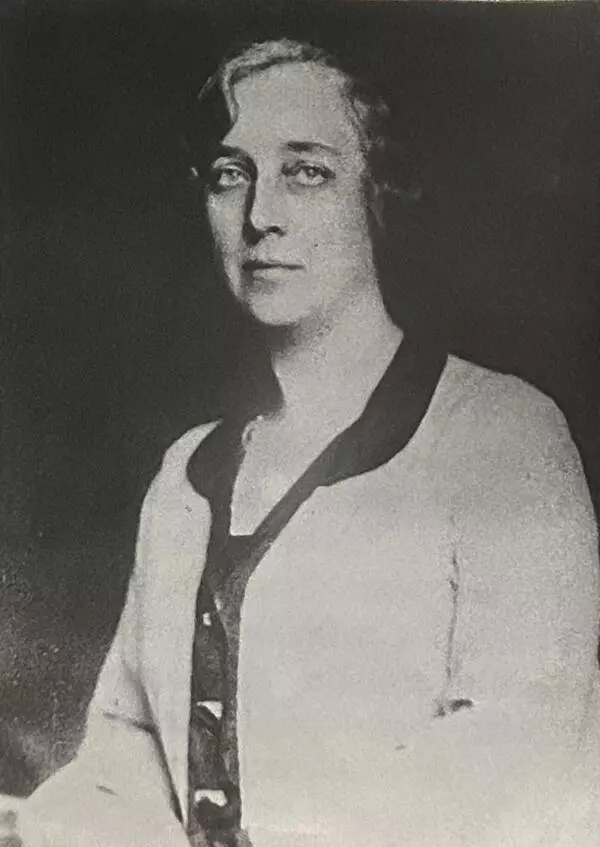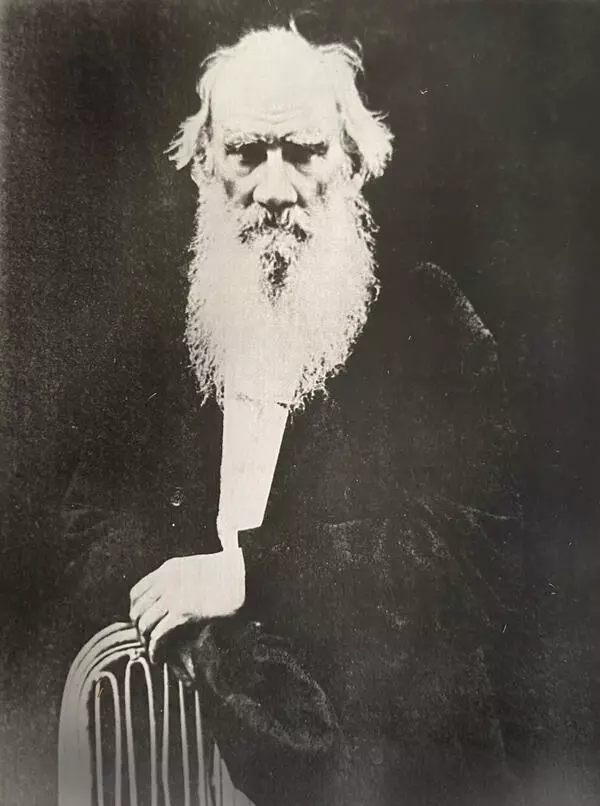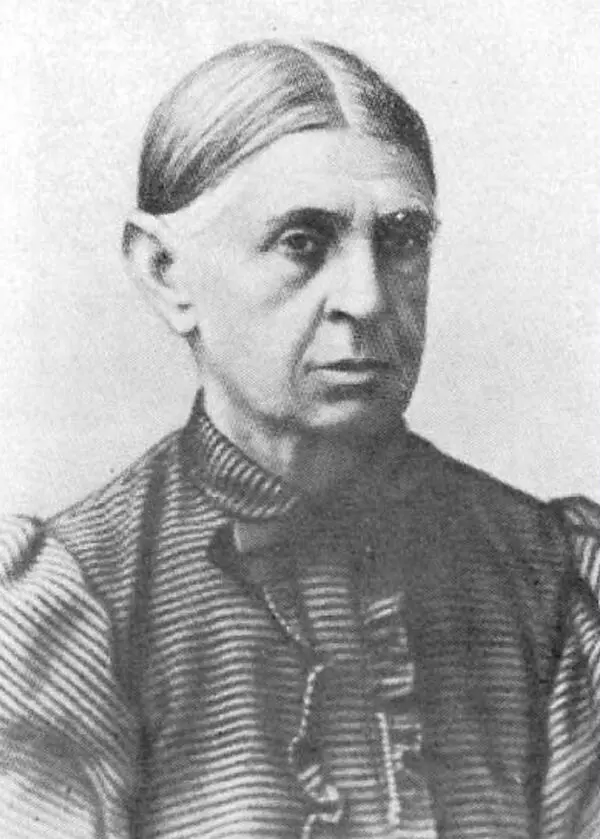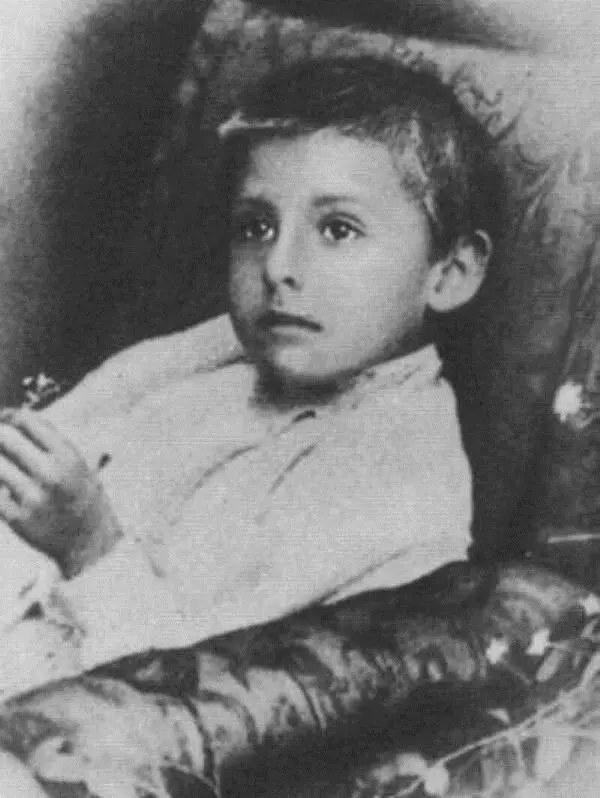Varvara Paschenko was the first love and a common-law wife of BUnin. VarvAra was the niece of the publisher of the OrlOvsky Vestnik newspaper, ShElikhov, who was her mother’s brother. BUnin met her in Oryol in the editorial office in June 1889, and he wrote about her to his brother YUly: “A tall girl with very beautiful features and pince-nez came out for the morning tea. I even looked askance at her at first: her pince-nez made her seem proud and foppish. I even started to “nag” her. She responded and it sounded pretty great. She seemed to me quite intelligent and well-educated.’
The next five years of BUnin’s life were tightly connected with this girl. They lived in Oryol, PoltAva, they were meeting in Yelets, visited the BIbikov’s manor in Vorgol. They could not get officially married because of Varvara’s father, who was against their marriage. VladImir VladImirovich was a district doctor, a wealthy man, and he wanted a wealthier groom for his beloved daughter. Over time, young people began to show more and more different views on their future life. They kept breaking up and getting back together. In the end, despite the fact that her father gave his consent to her to marry Bunin, Varvara was the first to decide to break up, escaping secretly from PoltAva, and six months later she married Bunin’s friend ArsEniy BIbikov
15 years later, when the BIbikovs began to live in Moscow, they resumed their communication with BUnin. As Vera Nikolaevna recalled, ‘in 1909, on November 1, when the BIbikovs were having dinner with us, before we had to get up from the table and go to the living room to drink coffee, the maid handed me a telegram in which IvAn Alekseevich was congratulated on his election to the academicians belles-letres. I looked at BIbikova, who had already risen up from the table. She was pale, but calm. After a minute she said frostily and distinctly: “My congratulations”.
Varvara and her husband suffered the greatest stroke of fate due to the early death of their only daughter Militsa. Like her mother, the girl was very good at playing piano; they hoped that she would study at the conservatory — but at the age of 13, Militsa fell ill with tuberculosis. Her parents sent her to Switzerland for treatment. However, soon they were informed that her condition was deteriorating and becoming hopeless. Her father went to pick her up, but on the way, in Stockholm, the girl died. Her heartbroken father brought home only a picture of her on her deathbed in the church. Varvara Vladimirovna Paschenko-Bibikova died in Moscow on May 1, 1918, also from tuberculosis. On the day of her death, her widowed husband called her first lover in the morning. Bunin wrote in his diary: “At 10 in the morning, when I was still in bed — Arsik called my crying — Varvara Vladimirovna died. All day at the moment of this news I experienced no feelings about this death! How can it be?! How terrible and weird it is! It was her who played such a great role in my life! It seems that it was not so long ago — we came with her to Poltava…” Bunin’s experiences were reflected in the autobiographical book ‘Arseniev’s Life’, the prototype of Lika was Varvara.
The next five years of BUnin’s life were tightly connected with this girl. They lived in Oryol, PoltAva, they were meeting in Yelets, visited the BIbikov’s manor in Vorgol. They could not get officially married because of Varvara’s father, who was against their marriage. VladImir VladImirovich was a district doctor, a wealthy man, and he wanted a wealthier groom for his beloved daughter. Over time, young people began to show more and more different views on their future life. They kept breaking up and getting back together. In the end, despite the fact that her father gave his consent to her to marry Bunin, Varvara was the first to decide to break up, escaping secretly from PoltAva, and six months later she married Bunin’s friend ArsEniy BIbikov
15 years later, when the BIbikovs began to live in Moscow, they resumed their communication with BUnin. As Vera Nikolaevna recalled, ‘in 1909, on November 1, when the BIbikovs were having dinner with us, before we had to get up from the table and go to the living room to drink coffee, the maid handed me a telegram in which IvAn Alekseevich was congratulated on his election to the academicians belles-letres. I looked at BIbikova, who had already risen up from the table. She was pale, but calm. After a minute she said frostily and distinctly: “My congratulations”.
Varvara and her husband suffered the greatest stroke of fate due to the early death of their only daughter Militsa. Like her mother, the girl was very good at playing piano; they hoped that she would study at the conservatory — but at the age of 13, Militsa fell ill with tuberculosis. Her parents sent her to Switzerland for treatment. However, soon they were informed that her condition was deteriorating and becoming hopeless. Her father went to pick her up, but on the way, in Stockholm, the girl died. Her heartbroken father brought home only a picture of her on her deathbed in the church. Varvara Vladimirovna Paschenko-Bibikova died in Moscow on May 1, 1918, also from tuberculosis. On the day of her death, her widowed husband called her first lover in the morning. Bunin wrote in his diary: “At 10 in the morning, when I was still in bed — Arsik called my crying — Varvara Vladimirovna died. All day at the moment of this news I experienced no feelings about this death! How can it be?! How terrible and weird it is! It was her who played such a great role in my life! It seems that it was not so long ago — we came with her to Poltava…” Bunin’s experiences were reflected in the autobiographical book ‘Arseniev’s Life’, the prototype of Lika was Varvara.

